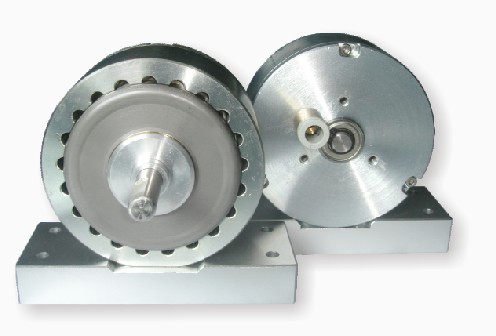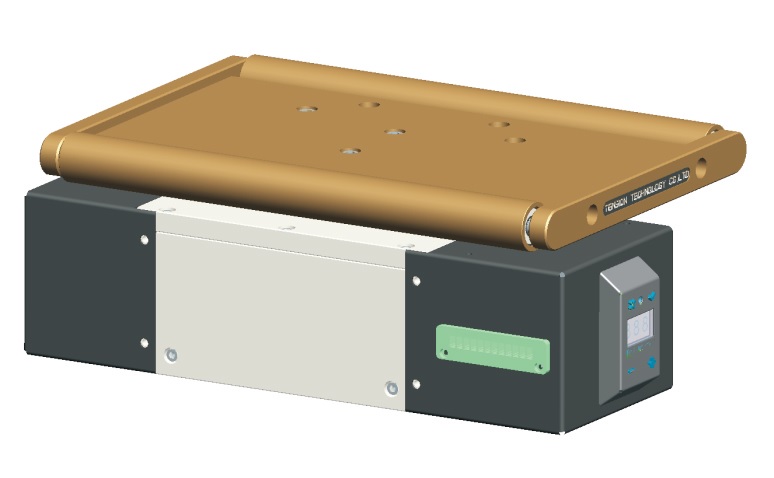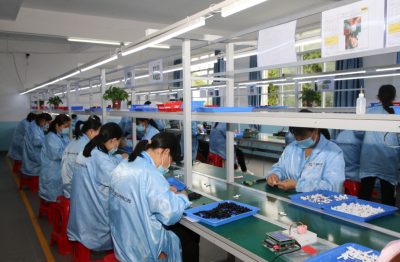In the rapidly evolving world of industrial automation, electric vehicle development, and precision engineering, the demand for reliable and efficient testing and control systems has never been higher. At the heart of this technological revolution lie advanced solutions like hysteresis brakes, hysteresis dynamometers, hysteresis clutches, motor dynamometers, and integrated motor test systems. These technologies are not just tools—they are the backbone of innovation, enabling engineers to push boundaries while ensuring safety, accuracy, and sustainability.
Hysteresis Brakes: Silent Guardians of Precision
Hysteresis brakes have become indispensable in applications requiring smooth, maintenance-free torque control. Unlike traditional friction-based brakes, these devices operate on the principle of magnetic hysteresis, creating resistance through the interaction between a rotating rotor and a controlled magnetic field. This contactless design eliminates wear and tear, making them ideal for prolonged testing cycles in aerospace component validation or high-speed packaging machinery. Industries ranging from textile manufacturing to renewable energy now rely on hysteresis brakes for precise tension control in wind turbine cable systems or delicate thread handling in automated looms.
Hysteresis Dynamometers: The Unsung Heroes of Load Simulation
When it comes to replicating real-world operating conditions in a controlled environment, hysteresis dynamometers stand out as versatile performers. These systems excel at absorbing and measuring power across a wide torque range without physical contact, making them perfect for testing electric motors in hybrid vehicles or assessing the efficiency of industrial pumps. A leading automotive manufacturer recently adopted hysteresis dynamometers to simulate mountainous terrain loads for electric drivetrains, achieving a 22% improvement in battery range prediction accuracy during their R\u0026D phase.
Motor Dynamometers: Where Power Meets Precision
Modern motor testing demands more than raw data—it requires dynamic responsiveness. Advanced motor dynamometers now incorporate adaptive control algorithms that can mimic sudden load changes in milliseconds, crucial for validating servo motors in robotics or emergency shutdown systems in nuclear power plants. The latest generation of these systems combines hysteresis principles with regenerative power recovery, allowing facilities to redirect up to 70% of absorbed energy back into their grid during prolonged testing sessions.
Hysteresis Clutches: The Art of Smooth Engagement
In precision manufacturing environments where jerky motions could mean ruined products worth thousands, hysteresis clutches provide seamless torque transmission. These electromagnetic wonders enable gradual acceleration in semiconductor wafer handling robots and maintain consistent web tension in high-speed printing presses. A recent breakthrough in nanocrystalline magnetic materials has boosted their thermal stability, allowing continuous operation in foundry environments where ambient temperatures exceed 150°C.
Integrated Motor Test Systems: The Symphony of Validation
Contemporary motor test equipment has evolved into intelligent ecosystems. A state-of-the-art motor test system now typically integrates:

- Multi-axis torque measurement cells
- Real-time efficiency mapping software
- AI-powered predictive maintenance modules
- Environmental simulation chambers
These systems don’t just test motors—they simulate years of operation in hours, predict failure points using machine learning algorithms, and generate compliance documentation automatically. Modular automation systems reduced their prototype validation cycle from 14 months to 9 weeks by implementing such a system, simultaneously improving their IEC certification success rate by 40%.
Applications Across Industries: From Micro to Mega
The versatility of hysteresis-based technologies and advanced motor testing solutions spans multiple sectors:
Automotive Evolution:
Electric vehicle manufacturers are leveraging hysteresis dynamometers to perfect regenerative braking systems, while autonomous driving developers use motor test systems to validate steering actuator reliability under extreme weather simulations.
Aerospace Innovation:
Satellite reaction wheel manufacturers employ hysteresis brakes for precise angular momentum control, and aircraft engine OEMs utilize motor dynamometers to test auxiliary power units under simulated high-altitude conditions.

Renewable Energy Frontiers:
From testing tidal turbine generators against actual ocean current data to validating solar tracker positioning motors under desert storm conditions, these technologies are accelerating green energy adoption.
Smart Manufacturing:
Hysteresis clutches now enable collaborative robots to handle fragile objects in smart factories, while integrated test systems ensure every industrial motor meets strict energy efficiency standards before installation.
The Human Factor: Bridging Technology and Expertise

While the technology itself is impressive, its true value emerges when combined with human expertise. Leading suppliers now offer:
- Virtual reality-assisted test configuration
- Remote diagnostic services via IIoT connectivity
- Customizable software dashboards for different expertise levels

- On-demand training simulations using digital twins
This synergy between advanced hardware and human-centric software solutions ensures that even complex systems remain accessible to technicians and engineers across the skill spectrum.
Sustainability Through Innovation
Modern hysteresis and motor testing technologies contribute significantly to global sustainability efforts. Energy recovery systems in dynamometers can power entire test lab lighting systems, while precision validation processes prevent energy-inefficient motors from reaching the market. One automotive supplier reported reducing their annual carbon footprint by 1,200 metric tons simply by upgrading to regenerative testing systems.
Looking Ahead: The Road to Intelligent Automation
As industries march toward Industry 5.0, these technologies are evolving into smart, self-optimizing systems. Emerging trends include:
- Self-calibrating dynamometers using blockchain-verified reference standards
- Hysteresis brakes with embedded vibration sensors for real-time material fatigue analysis
- Motor test systems that automatically adjust validation protocols based on live market data
- Clutch systems integrated with predictive maintenance AI that orders replacement parts before human operators notice issues
These advancements promise to further blur the line between physical testing equipment and digital twin simulations, creating a new paradigm in product development.
In this landscape of constant technological advancement, choosing the right partner for hysteresis and motor testing solutions becomes crucial. The ideal provider combines cutting-edge technology with deep application knowledge, offering not just equipment but complete performance guarantees. From prototype development to mass production quality control, these systems form the invisible foundation supporting every innovation in motion control and power transmission—a silent revolution that keeps the wheels of industry turning toward a more efficient, reliable future.
